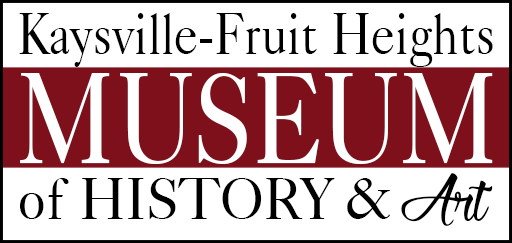Youth in Kaysville
PRESERVING THE PAST FOR THE FUTURE
Image Source:
Children and Teens
Who Helped Build Communities
Turn of the Century
The children who were born in the late 1800s and early 1900s when the country was moving into a new century grew up during great progress. Those that were born in Kaysville after 1869 or who traveled across the plains by train weren’t considered pioneers properly, but they did help to build a new community. Many of the activities in which they partipated were considered pioneering achievments because their communities were new. They ran for government office, organized service groups and clubs, handbuilt infrastructure and volunteered in church and civic programs.
Creating Community
The Roaring Twenties, two world wars, the introduction of big band and rock ‘n’ roll music were some of the events taking place when the children of this era were growing up. Many technological advancements occured so that these young people rode both in wagons and and on the electric Bamberger train. Television, drive-in fast food stores, and microwaves were all newly invented conveniences. The teachers, coaches and leaders who guided the youth were later replaced by the youth themselves who learned how to pay back generously.
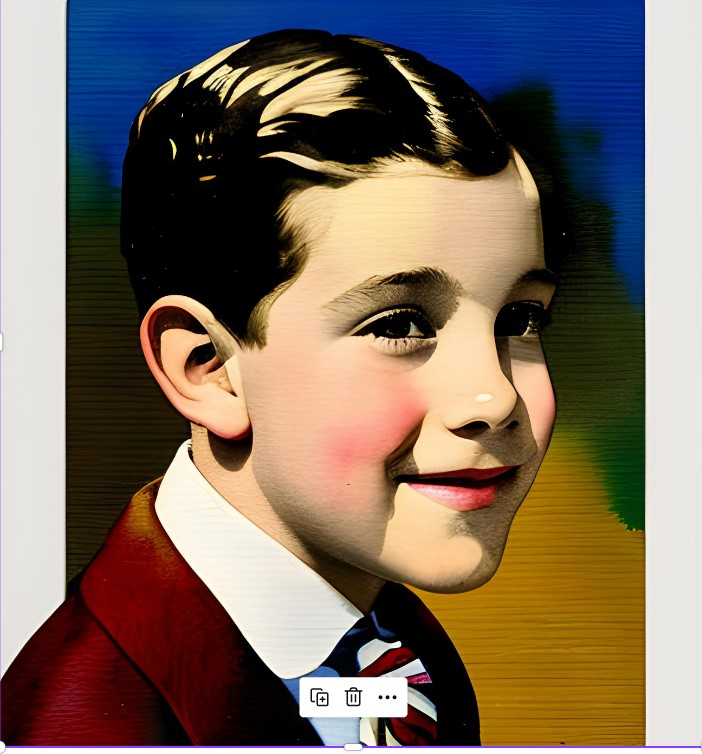
Samuel Raymond
Edit dates
When Sam was a boy, he helped to haul hay and pick cherries on the family farm that was on the east benchland. He always had to be on the lookout for rattlesnakes. A one room brick building that had been built on Mountain Road in about 1890 was where he went to school.
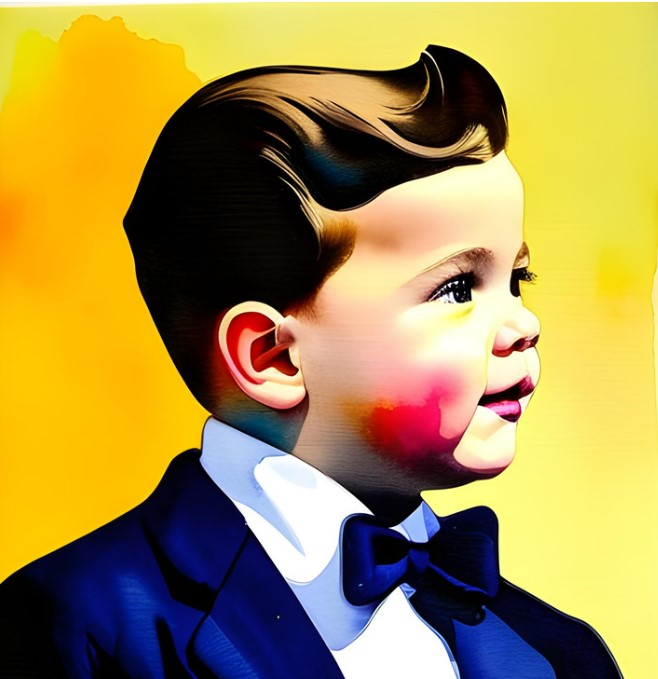
John Forest Barker
1929-20??
Outhouses were still in common use when Forest was a little boy. It was not unusual for stray farm animals to wander the streets either. Once when he was about five, a huge boar escaped from a neighboring farm and blocked him from escaping the outhouse. Calling and calling for help, his mother finally heard him and scared offf the big pig.
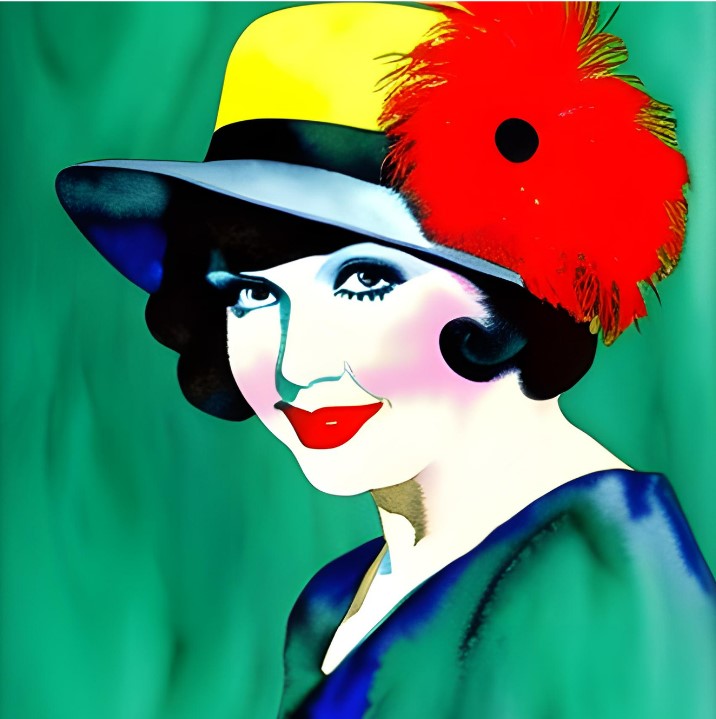
Reva Loreene Sheffield
1905-2004
Hiking was a favorite sport of older youth in the 1920s. They liked to ride horses and walk up the creeks and hillsides. The Kaysville Klever Klique was a group of Reva’s friends who gathered to make up fun activities. They were pals for many years.

Katherine Harvey
1939 –
Fruit Heights didn’t exist when Katherine’s mother was waiting for her to be born. There weren’t enough people living on Mountain Road to make a town until she was born adding up to the total needed.
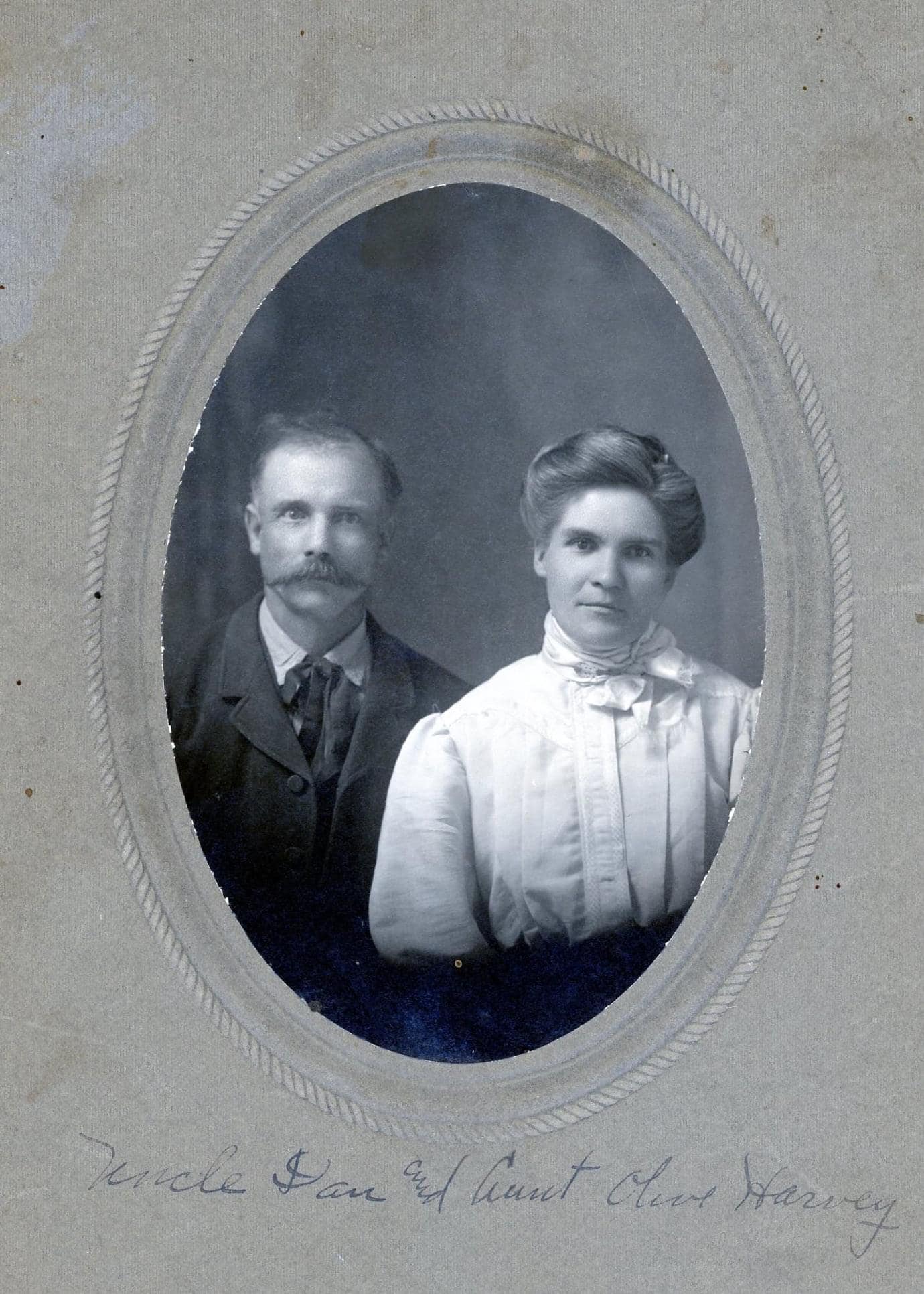
Placeholder 5
1860 –
Having emigrated in 1863 at age three, he and his father herded sheep on the mountainside. They had much trouble with coyotes and bears killing the animals. He recalled often meeting Native Americans of the Washakie and Little Soldier bands picking choke cherries on those foothills.
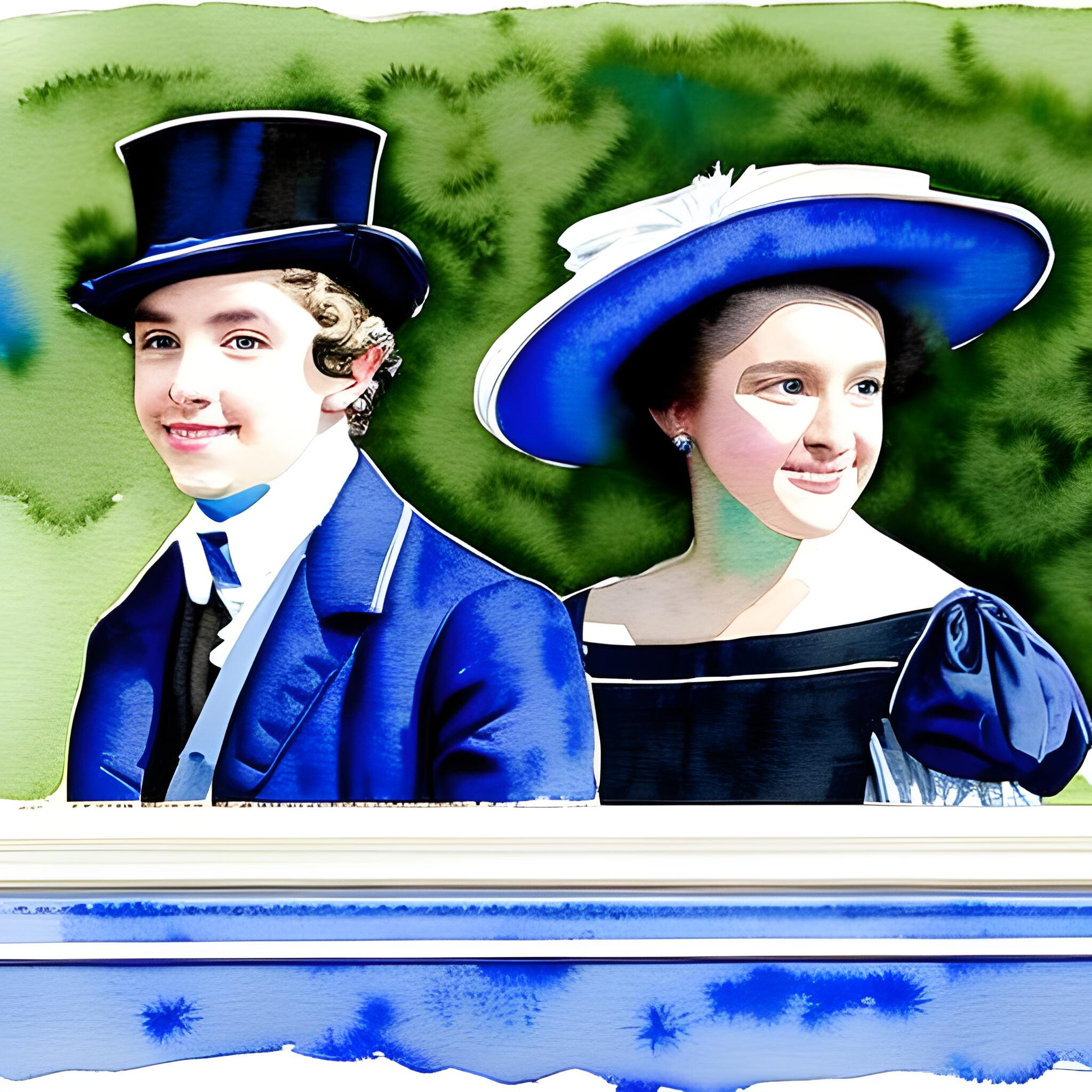
Henry Hooper Blood
Replace dates
Henry Blood and Minnie Barnes were best friends as children. They played together, went to school together and married when they grew up. Henry became governor of the state and Minnie the first lady of Utah.

Martha Simmons - Duplicate?
1865 – 1936
Her family arrived in New York by ship from England on New Years Day, but had their pockets picked and worked for another five years while sometimes begging on street corners to earn enough to cross the plains. After arriving in Kaysville at the age of ten, the children were so hungry that a stolen raw potato seemed like a feast.

Benjamin Orlo Brough
182? – 19??
Ben and his friends Max and Kent loved horses and grew up around other farm animals. When they went to high school boxing and rodeo were two favorite sports. This group of young men decided to compete in the rodeos held on the fair grounds east of the school. Bronc and Bull riding were dangerous but exciting adventures.
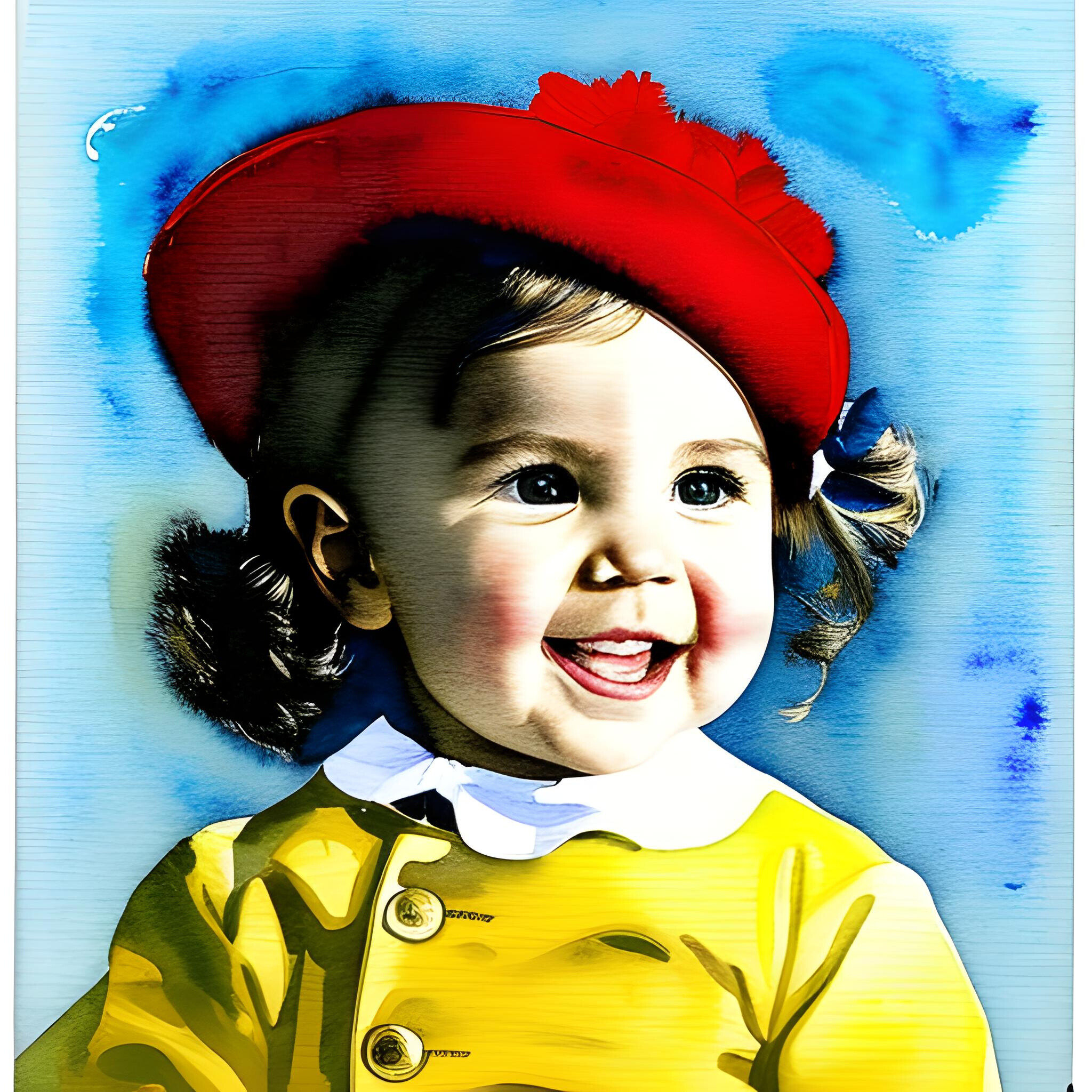
Florence Mabel Barnett
1890– 1972
She wrote her memories of early school days. Clearly she recalled that the larger boys got rough on the playground and scared the little kids. They were afraid they would be trampled by “wild stampedes” around the school square. She had seen the antics of these big boys and clung tightly to her big sister’s hand as they walked to school that first day. She soon found out that five years old was too young to enroll and was sent home.
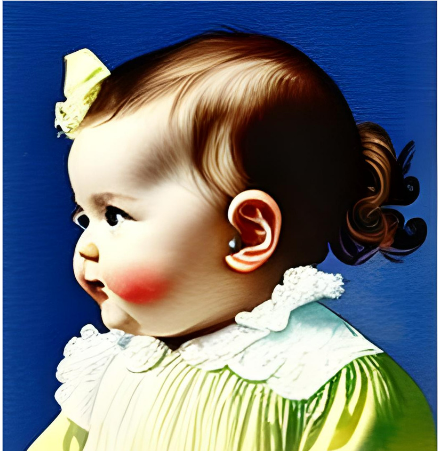
Olive Bertha Clark
1899– 1983
Her parents were pioneers from England who settled in Kaysville. Her father built a two room home south of town, but the home had to be moved for the Bamberger Railroad tracks to be laid. She remembered the long line of white top buggies drawn by horses that lined up for his funeral procession. Another strong memory was a terrible east wind in the fall of 1906 that blew her little sister down through the fields.
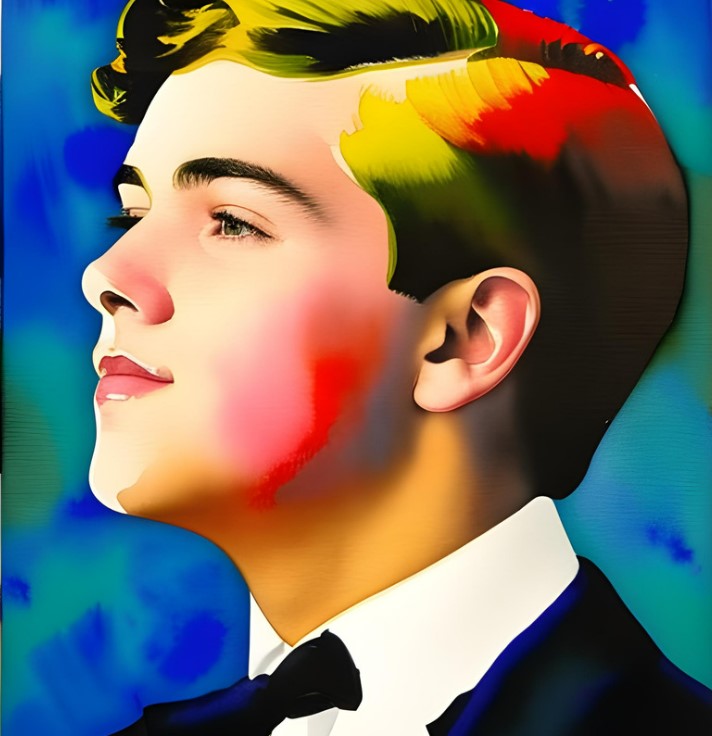
Udell Green
Change dates
How to trap muskrats is something he learned from his father. These animals looked something like small beaver or mink, lived along creek banks and had silky fur. He and his friends would take the pelts to Salt Lake City on the Bamberger train to be sold. Once they took a skunk pelt but were kicked off the train because it was so stinky.
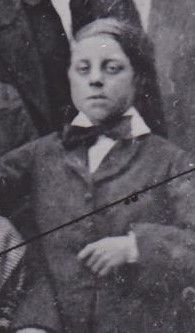
Placeholder
1848 – 1932
All children dream of what they will be when the grow up. He became a pioneer, surveyor, railroad construction engineer, Utah State legislator and railroad superintendant. For fun he also became a member of the Kaysville Brass Band. He was eighteen years old when he was selected to be the band’s captain and musical director.
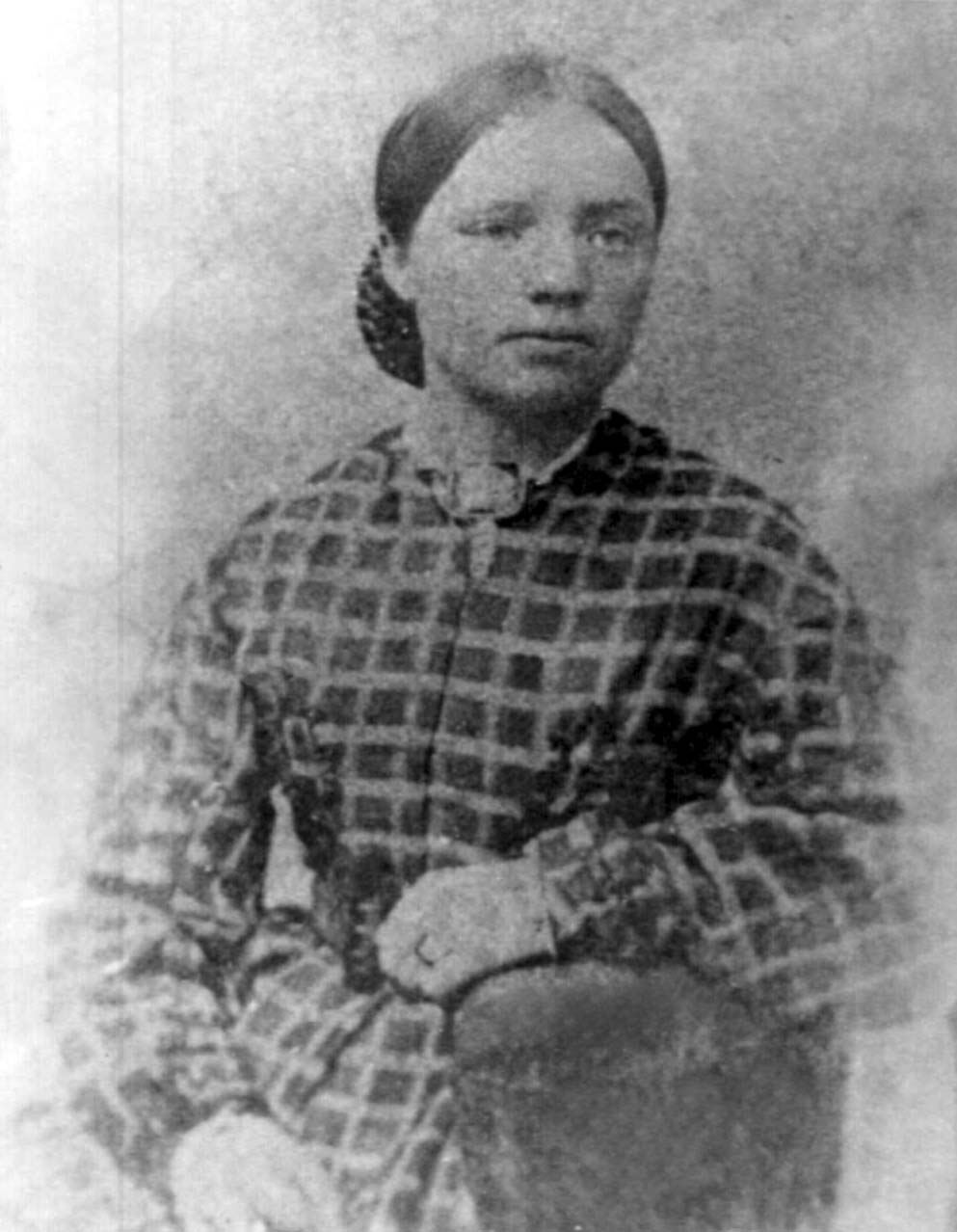
Placeholder
Change dates
Add a story.
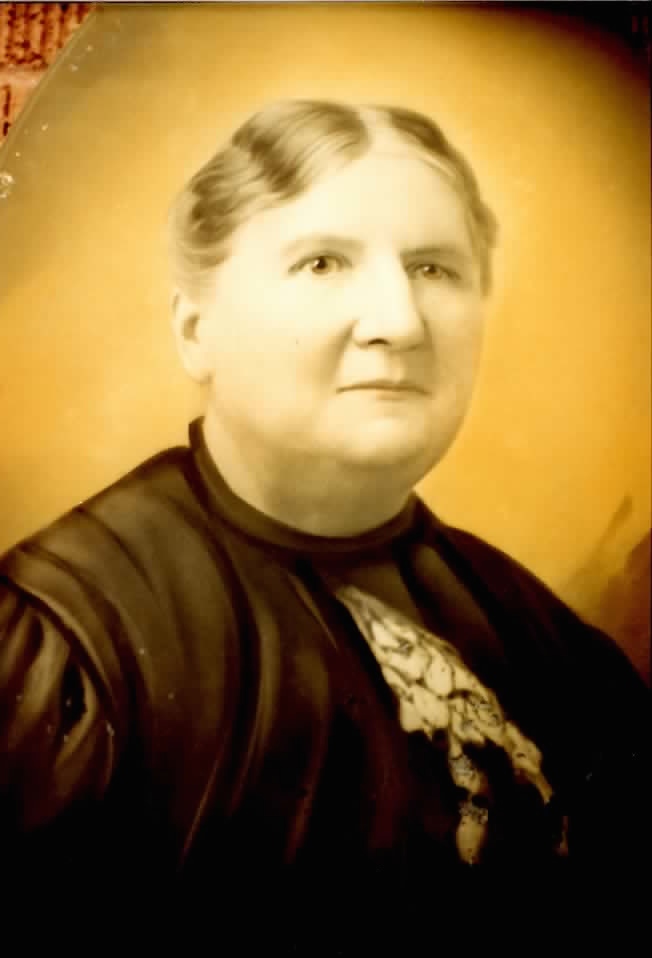
Placeholder
Change Dates
Add a story.
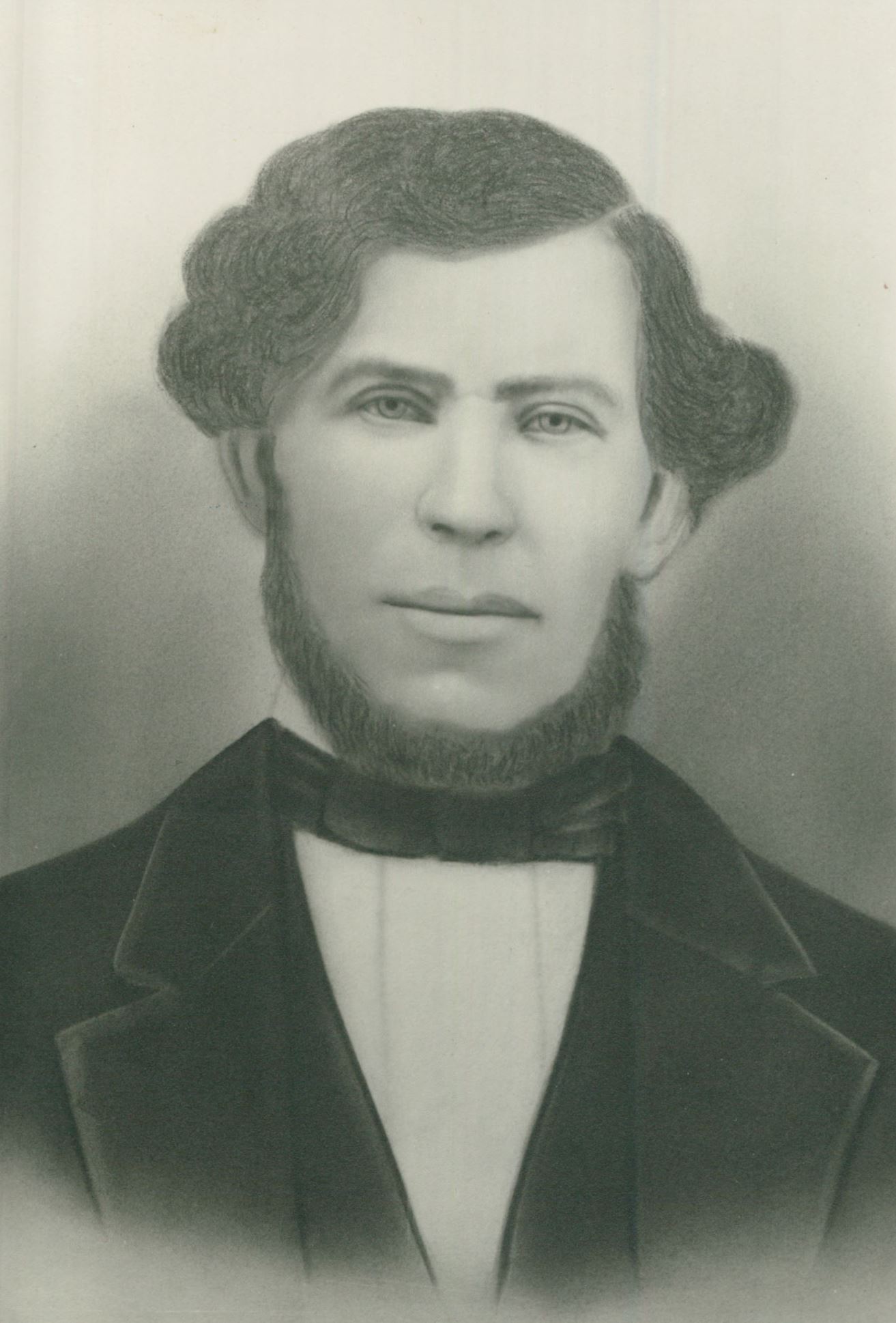
Placeholder
Change dates
Add a story.
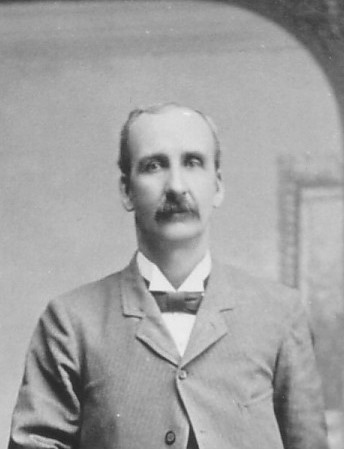
Placeholder
Change dates
Add story.
Sources:
1. AI images created on Canva platform.
2. Racing photograph taken by Bob Anderson during the Kaysville – Fruit Heights Bicentennial Celebration activities in 1976.
3. Individual stories collected from family memories, WPA histories, autobiographical sources and oral history interviews.
